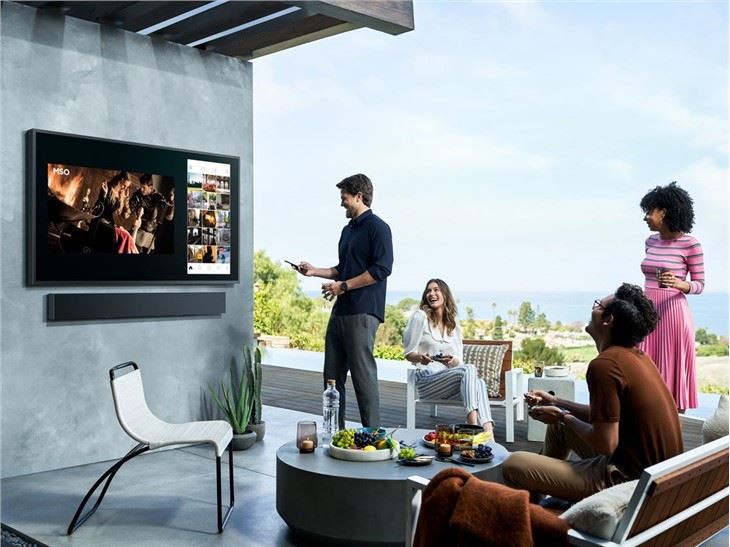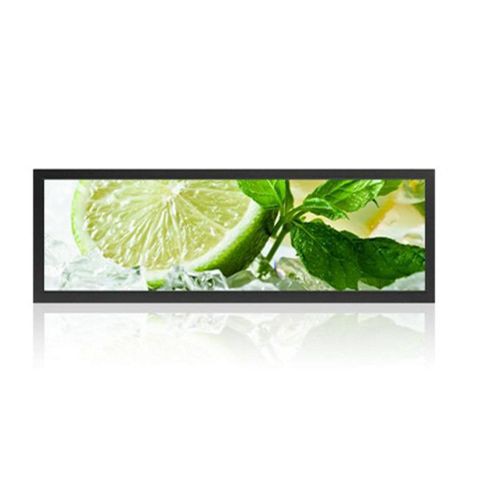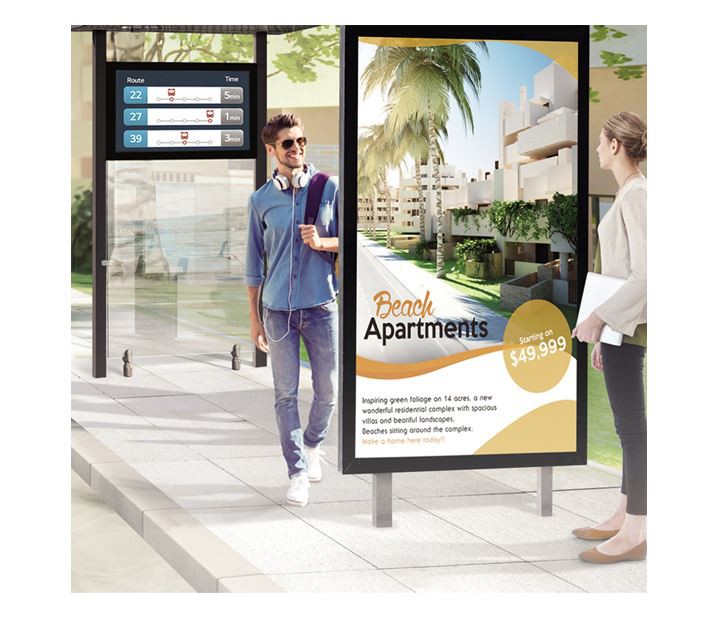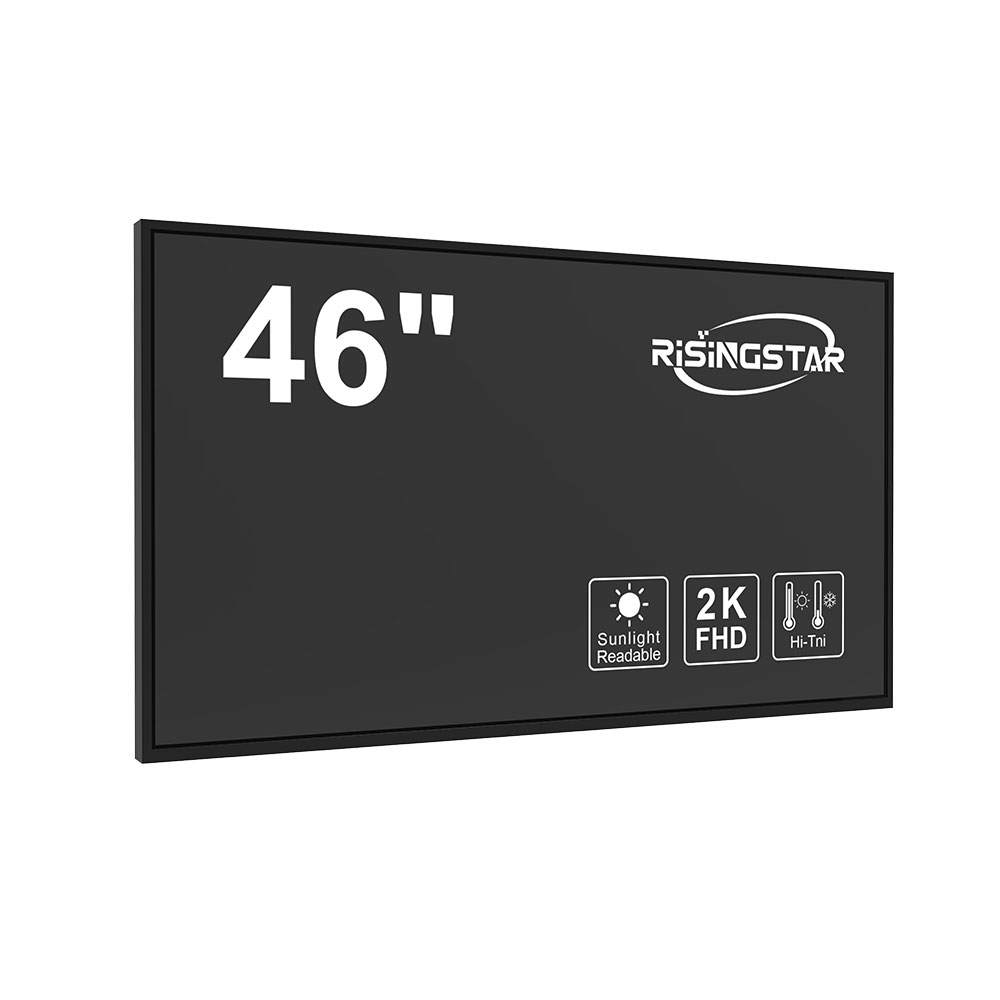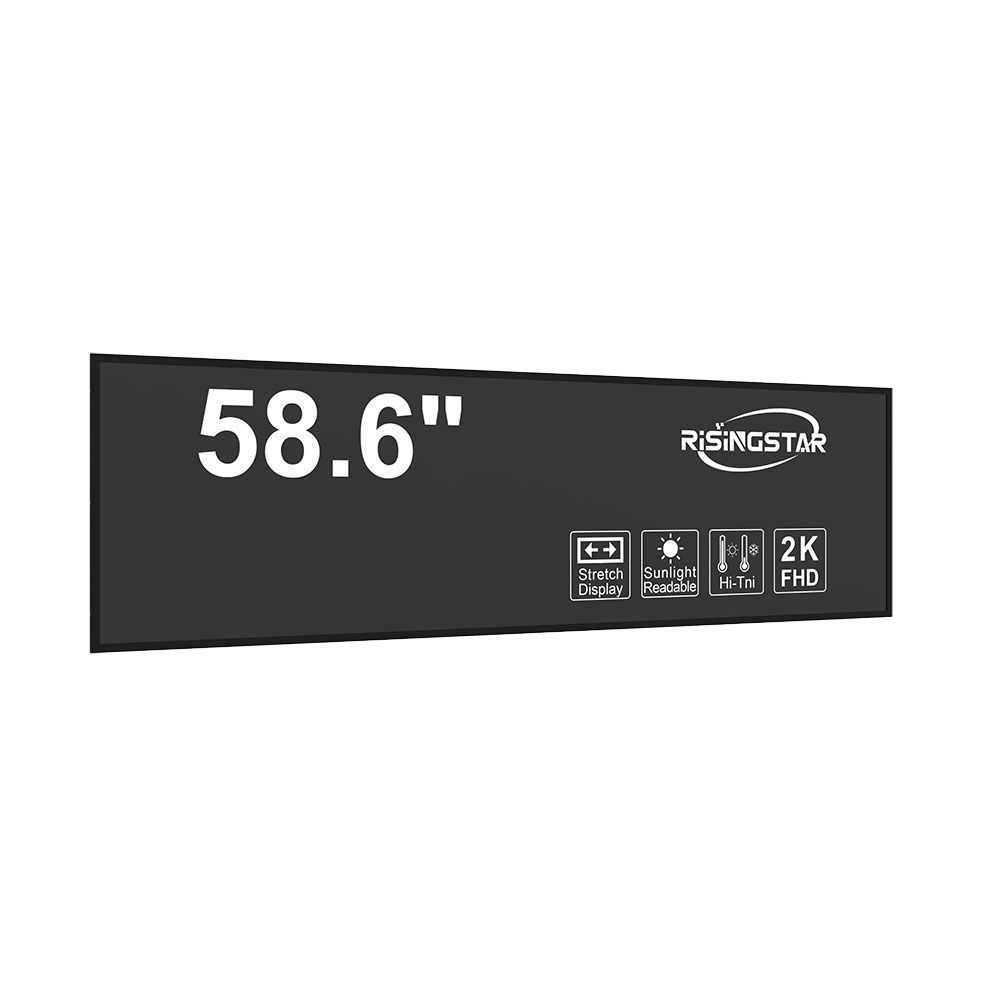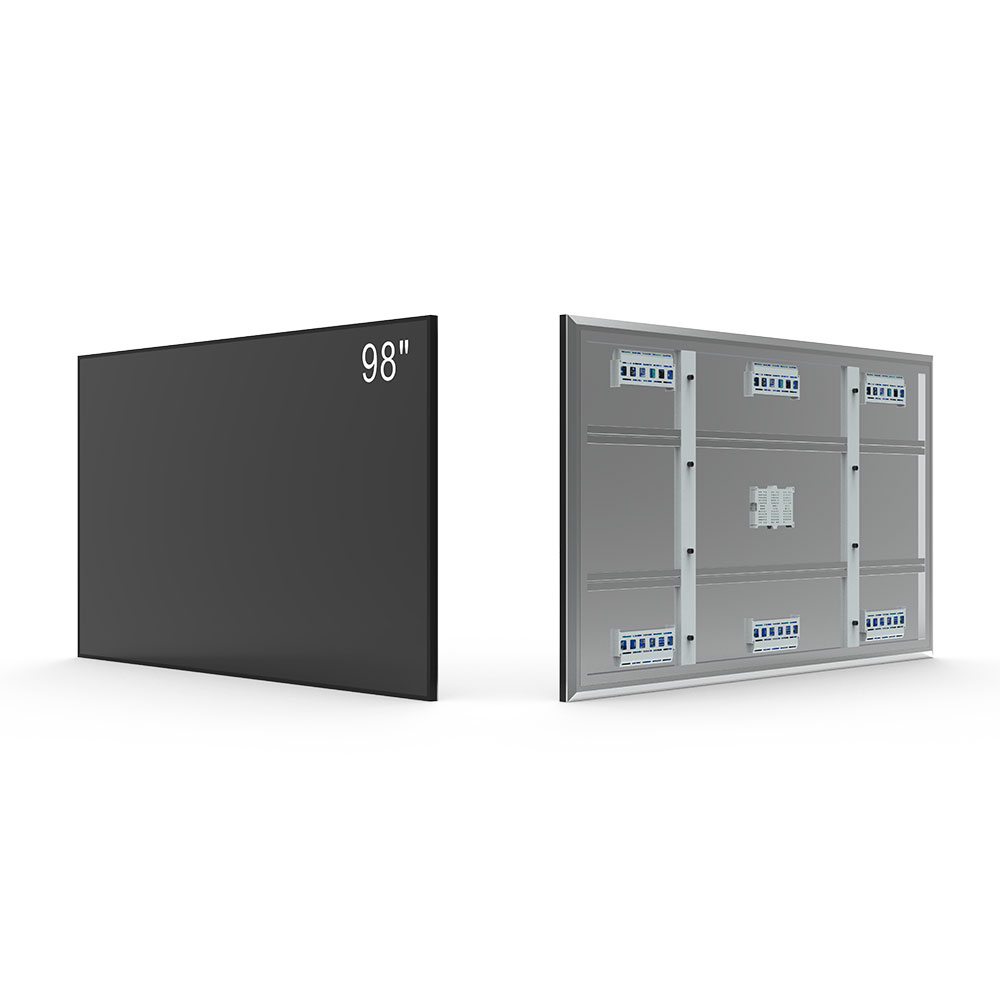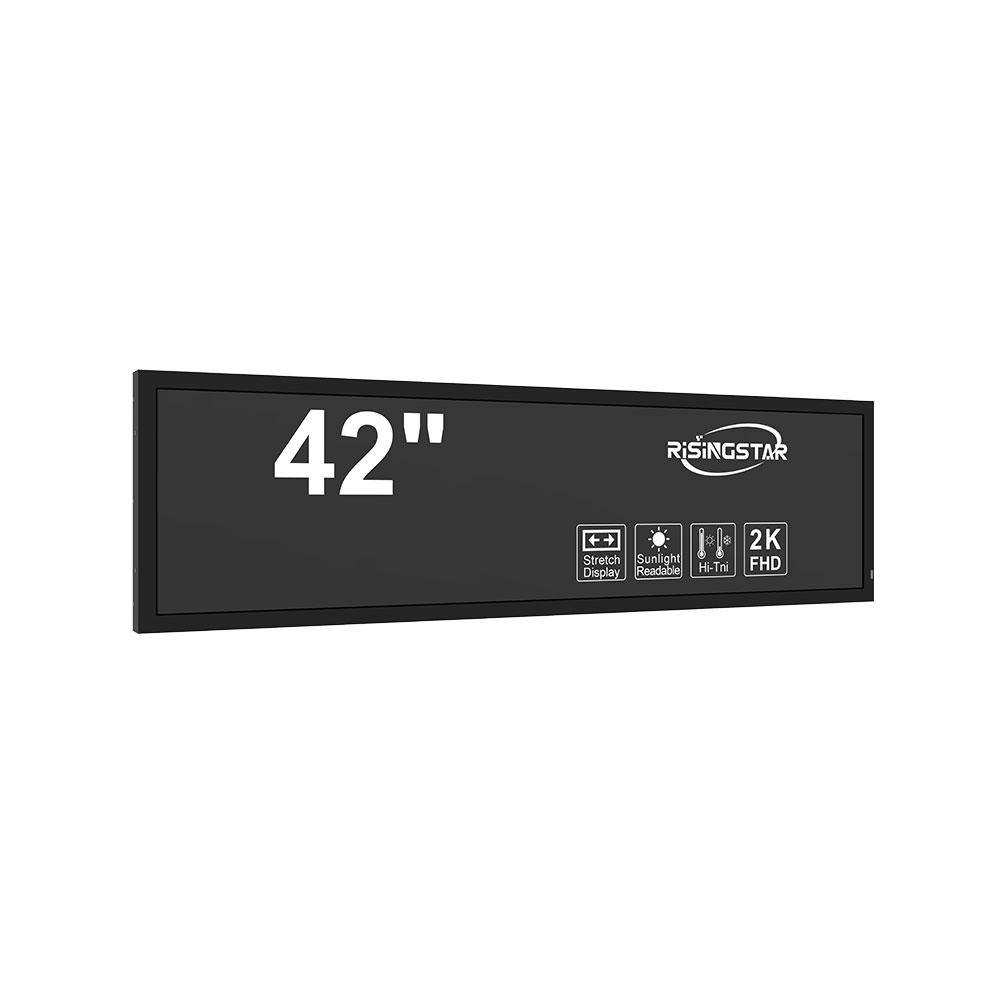High-brightness sunlight-readable LCD screens have become essential in modern industrial, military, and outdoor applications where visibility under direct sunlight is critical. Unlike standard LCDs that suffer from poor contrast and washed-out images in bright environments, these specialized displays are engineered to maintain clarity and readability even under extreme lighting conditions—often exceeding 10,000 nits of peak brightness. This performance is achieved through a combination of advanced backlighting technologies, anti-glare coatings, and optimized panel materials.
One key component is the use of high-efficiency LED backlights with dynamic brightness control. For example, the U.S. Department of Defense’s MIL-STD-810G standard mandates that display systems must function reliably in environments ranging from -40°C to +71°C, while maintaining readable contrast under full sunlight. Manufacturers such as Sharp, LG Display, and Candesco have developed IPS (In-Plane Switching) and VA (Vertical Alignment) panels specifically for this purpose, incorporating polarized filters and reflective layers that reduce glare without sacrificing color accuracy.
Another crucial innovation is the implementation of dual-layer anti-reflection coatings. These coatings minimize specular reflection by using nanostructured surfaces that scatter incoming light more evenly across the screen surface. According to a 2023 study published in the Journal of Display Technology, such coatings can reduce reflected light by up to 65% compared to conventional glass substrates. This ensures that users can read critical information on tactical maps, medical diagnostics, or manufacturing dashboards even during midday sun exposure.
Industrial applications include construction equipment, agricultural machinery, and automotive infotainment systems. In military settings, such as armored vehicles or field command units, high-brightness LCDs enable rapid situational awareness. The U.S. Army’s Integrated Visual Augmentation System (IVAS), for instance, uses a custom-designed sunlight-readable display capable of operating at 15,000 nits—more than three times the brightness of most consumer-grade tablets.
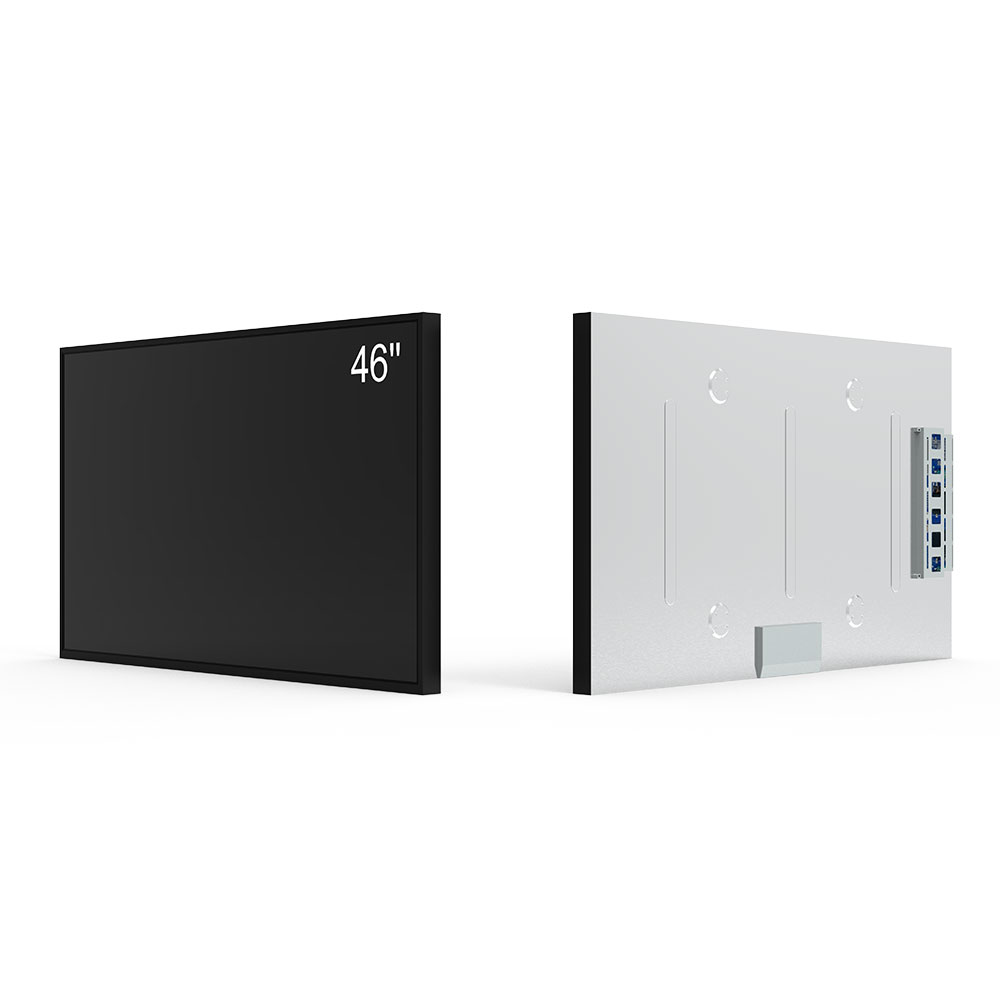
Energy efficiency remains a priority, especially in battery-powered devices. Engineers now employ local dimming techniques and adaptive brightness algorithms that adjust luminance based on ambient light sensors. This not only extends operational time but also reduces thermal load—a significant concern in enclosed vehicle cabins or server rooms exposed to solar radiation.
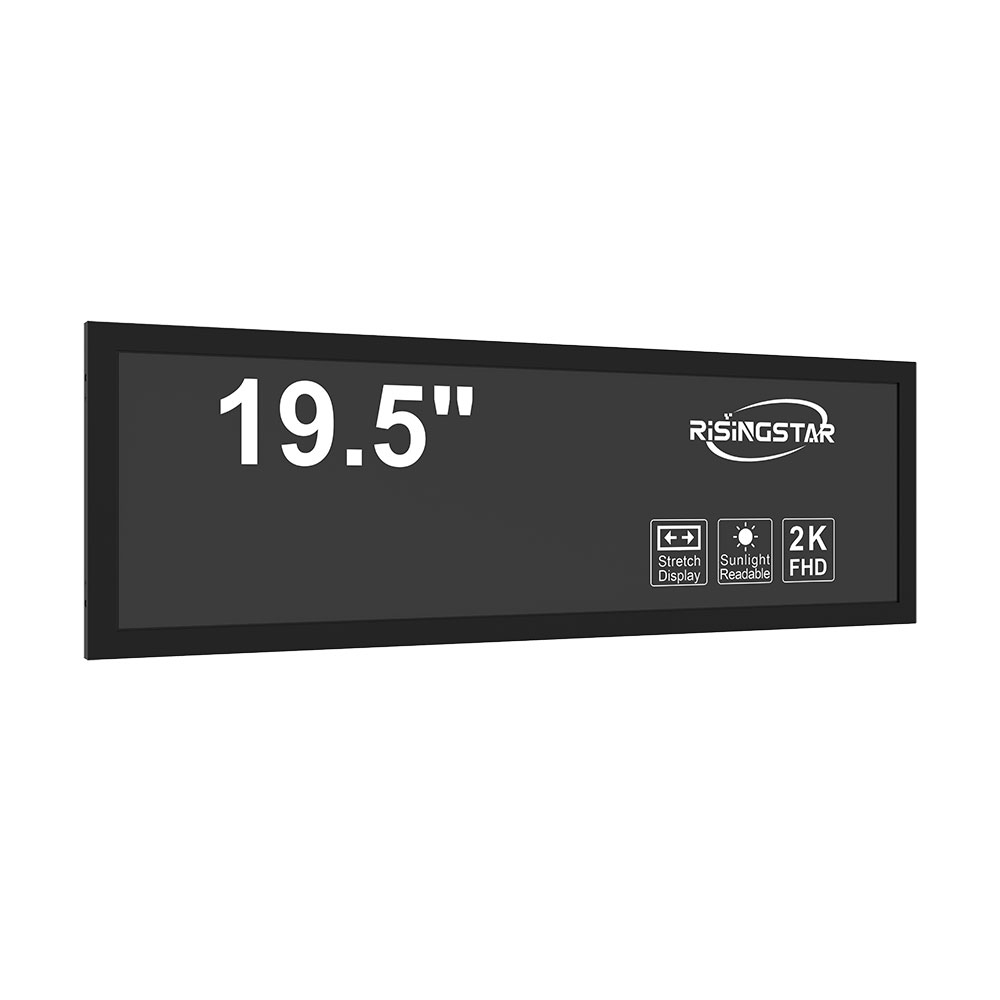
Furthermore, durability and environmental resistance are non-negotiable. Many high-brightness displays meet IP65 or higher ingress protection ratings, making them suitable for dusty, wet, or vibrating environments. They often comply with IEC 60068 standards for mechanical shock and vibration resistance, ensuring reliability in harsh conditions like mining operations or offshore drilling platforms.
The future of sunlight-readable LCD technology lies in miniaturization, integration with AI-driven brightness optimization, and the development of flexible OLED variants. As demand grows in sectors like autonomous vehicles, smart city infrastructure, and wearable tech, manufacturers must continue innovating to meet both performance and cost constraints.
In summary, high-brightness sunlight-readable LCD screens represent a convergence of optical physics, materials science, and user-centric design. Their deployment across defense, transportation, and industrial automation underscores their role as mission-critical components in modern electronic systems.




